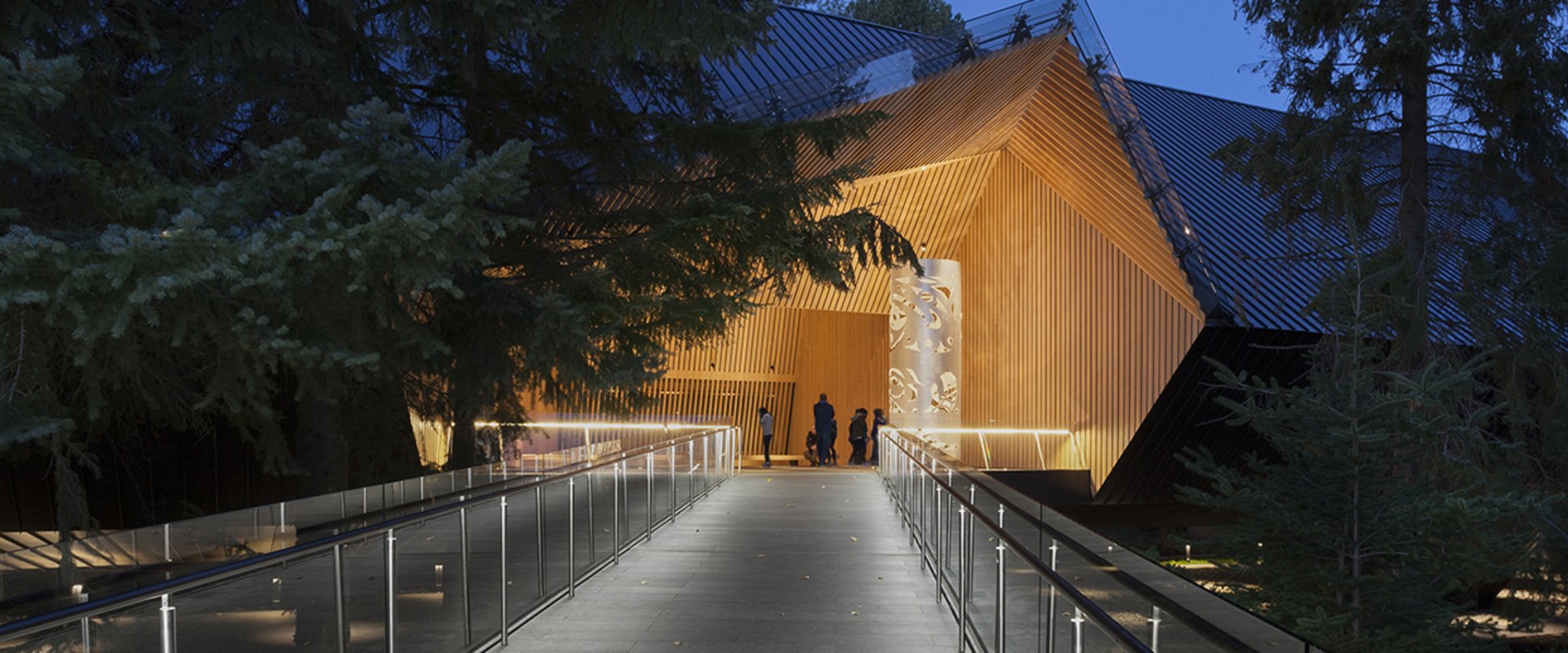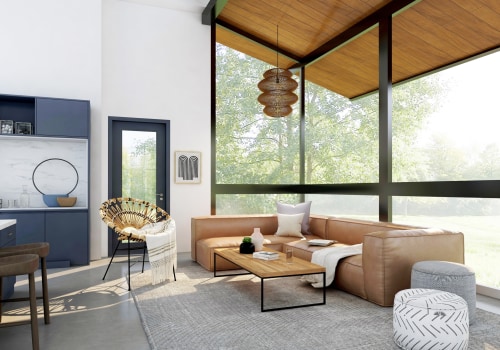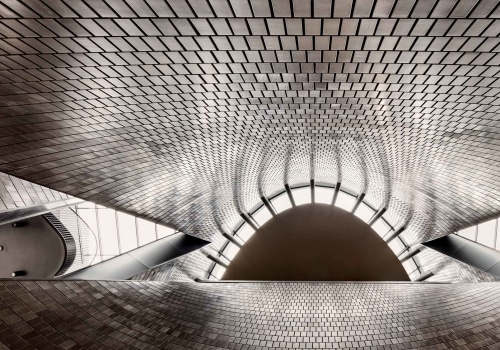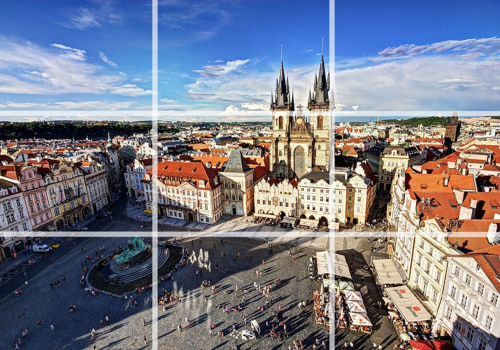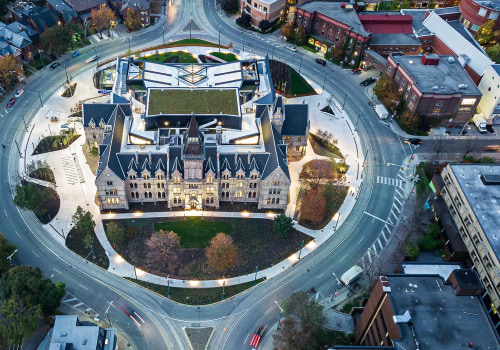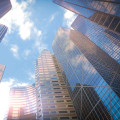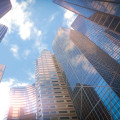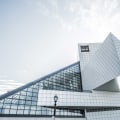Exterior architectural photography can be challenging, especially when it comes to lighting. Knowing the right lighting techniques can help you create stunning images of buildings and outdoor spaces. In this article, we'll explore different lighting techniques for exterior architectural photography, so you can capture the most beautiful images. Whether you are a professional photographer or an amateur who is just getting started, learning the basics of exterior architectural photography is essential. We'll discuss the different types of lighting available, from natural light to artificial sources.
We'll also discuss the different light modifiers that can be used to create the perfect lighting effects for your pictures. Finally, we'll offer some tips and tricks to help you get the most out of your exterior architectural photography.
Lighting Techniques for Exterior Architectural Photography
Lighting is an essential part of any exterior architectural photography project. Understanding how light works and how to use it to your advantage can help you capture stunning and unique images. This guide will cover the basics of lighting for exterior architectural photography, including the types of lights available, how to use them effectively, and the common mistakes to avoid. When it comes to lighting for exterior architectural photography, there are three main types: natural light, artificial light, and flash.Natural light is the most common form of lighting used in outdoor photography, as it is the most readily available. Natural light has a wide range of tones and hues, creating a unique look for each scene. One advantage of using natural light is that it is free and easy to use. However, natural light is also unpredictable, as weather conditions can affect the quality and intensity of the light.
To make the most of natural light, photographers should be aware of the direction of sunlight and how shadows will be cast on their subjects. Artificial light is another option for exterior architectural photography. Artificial lights can be used to create a more consistent look and feel to an image than natural light can provide. Artificial lights come in a variety of shapes, sizes, and intensities, allowing photographers to tailor their lighting to their specific needs. While artificial lights can be expensive to purchase and require a power source, they are much easier to control than natural light. Flash is another option for exterior architectural photography.
Flash is a powerful light source that can be used to create dramatic effects or fill in areas that would otherwise be too dark. Flash also allows photographers to freeze movement in their images, which can be particularly useful when photographing moving subjects. However, flash can be difficult to control and can create harsh shadows if not used correctly.
Common Mistakes
When using lighting for exterior architectural photography, there are several common mistakes that should be avoided. One of the most common mistakes is using too much light.Too much light can wash out important details in a scene or create distracting highlights. Another mistake is using the wrong type of light for the scene. For example, using flash in a landscape scene can create unnatural looking images with harsh shadows. Finally, forgetting to adjust for changing conditions can lead to inconsistencies in lighting from one image to the next.
Tips and Advice
When using lighting for exterior architectural photography, there are several tips and techniques that can help you create stunning images.One tip is to use directional lighting. This type of lighting creates interesting shadows and highlights that can add depth and drama to a scene. Another tip is to use colored gels to add an extra layer of creativity to your images. Finally, creating dramatic shadows is an effective way to bring focus to certain elements in a scene.
Common Mistakes to Avoid When Using Lighting
When using lighting for exterior architectural photography, it is important to avoid some common mistakes.One mistake to avoid is using too much light. Overlighting can make the photo look unnatural and flat, and can cause reflections or glare. In addition, lighting should be balanced across the photo. If one area of the photo is too bright, the shadows in other areas may be too dark.
It is important to be aware of how the light will fall on the building and adjust your settings accordingly. Another common mistake is not accounting for the weather. Natural light changes depending on the time of day and season, so it is important to be aware of these changes and adjust your lighting accordingly. Additionally, if you are using artificial lights, it is important to avoid harsh shadows or glares that may be caused by strong winds or rain. Finally, it is important to avoid using too many lights in a single shot. Too much light can create a cluttered effect and make the photo look busy.
Try to use only a few lights, and adjust their positions to create a balanced and natural look.
Tips and Advice on Using Lighting for Exterior Architectural Photography
Types of LightsWhen it comes to lighting for exterior architectural photography, there are a few different types of lights to consider. The most common are strobes and continuous lighting. Strobes are the most popular option because they provide a more concentrated light source that can be used to create dramatic effects. Continuous lighting, on the other hand, offers a more even spread of illumination.It’s important to understand the advantages and disadvantages of each type of light before making a decision.
Positioning of Lights
Once you’ve chosen the type of light to use, it’s important to consider how the lights should be positioned. If you’re using strobes, you should position them at different heights and angles to create more dramatic shadows and highlights. For continuous lighting, positioning the lights close together will help create an even spread of illumination.Be sure to also take into account any natural light sources that may be present.
Using Color
Color can have a big impact on the look and feel of your photos. When using colored lights, it’s important to know how to use them properly. For example, cool colors like blue can make an image appear colder while warm colors like red can create a warmer feel. You can also use colored gels to add color to specific areas of the image.Lighting Techniques
There are several different lighting techniques you can use when shooting exterior architectural photography.Backlighting is a great option for creating dramatic silhouettes and highlights. You can also use side lighting to add depth and dimension to your photos. And using multiple lights in combination can help you create more complex effects.
Common Mistakes
When shooting exterior architectural photography, it’s easy to make mistakes. One of the most common mistakes is not using enough light.Make sure you have plenty of light sources to properly illuminate your subject. It’s also important to avoid using harsh shadows or glare from bright lights as this can ruin the overall effect.
Types of Lighting for Exterior Architectural Photography
When it comes to exterior architectural photography, lighting is essential for capturing stunning and unique images. There are various types of lighting available for use in exterior architectural photography, each of which has its own benefits and drawbacks. This guide will cover the different types of lighting available and how to use them effectively.Natural Light: Natural light is one of the most popular types of lighting for exterior architectural photography. It is soft, free, and can be used to create beautiful images. The biggest challenge with natural light is that it is unpredictable and can change quickly. Photographers need to be prepared to adjust their settings and composition accordingly.
Flash: Flash is a great way to add drama and contrast to exterior architectural photography. Flash can be used to fill in shadows, add highlights, or simply create a more dynamic image. However, it can be difficult to control and requires a bit more technical know-how than natural light.
Continuous Lighting
: Continuous lighting is another popular option for exterior architectural photography.It is reliable and easy to control, making it ideal for beginners. However, it can be expensive and generate a lot of heat, so it is important to be aware of the potential drawbacks.
LED Lights
: LED lights are becoming increasingly popular in architectural photography due to their low power consumption and ability to produce a wide range of colors. They are often used to create unique and creative lighting effects that would be impossible with natural light or flash. When it comes to exterior architectural photography, lighting plays a crucial role in creating a stunning image.There are many different types of lighting available, each with its own advantages and disadvantages. Understanding the different types of lighting and how they affect the image is key to achieving the desired results. Additionally, it is important to be aware of common mistakes to avoid when using lighting for exterior architectural photography. With the right knowledge and practice, you can use lighting to create beautiful and unique images that capture the beauty of your subject.

